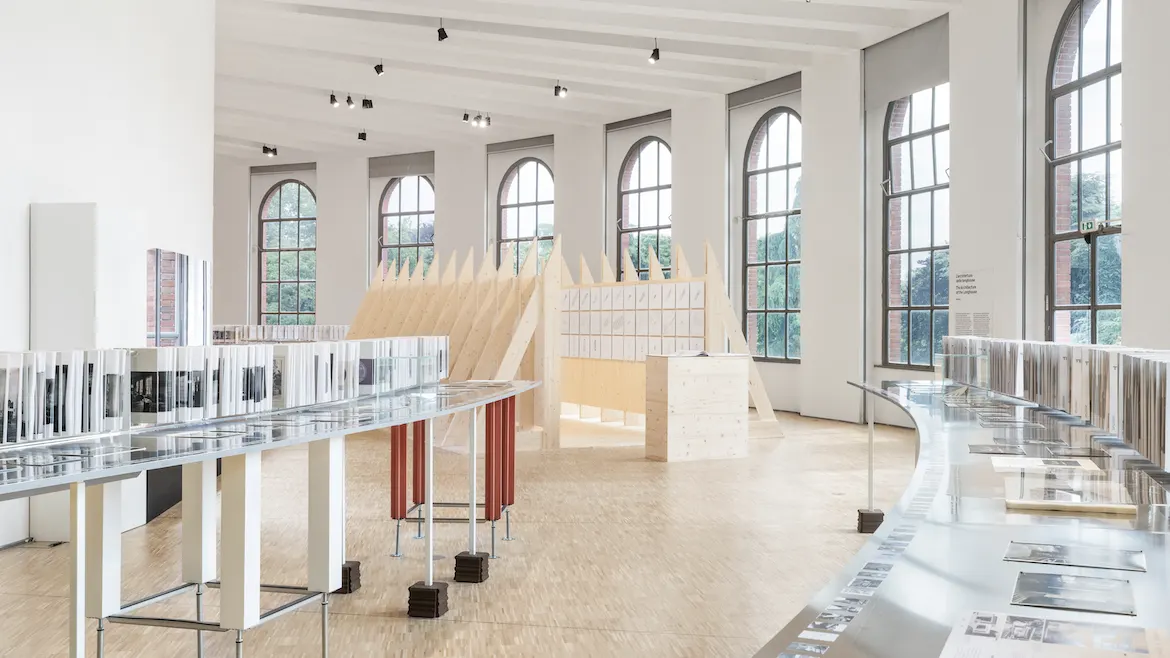In Milan, an Interrogation of Domesticity
“Home Sweet Home” at the Palazzo dell’Arte, through September 10

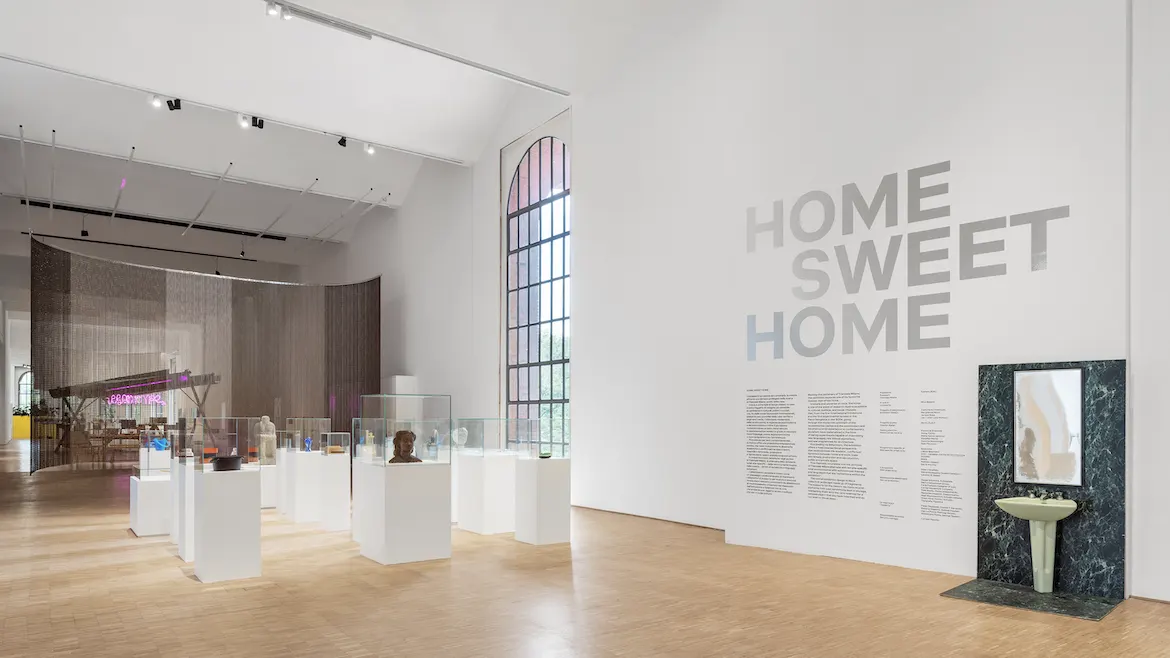
Home Sweet Home, curated by Nina Bassoli with exhibition design by Captcha Architecture, at Triennale Milano. Photo by Melania Dalle Grave/ DSL Studio
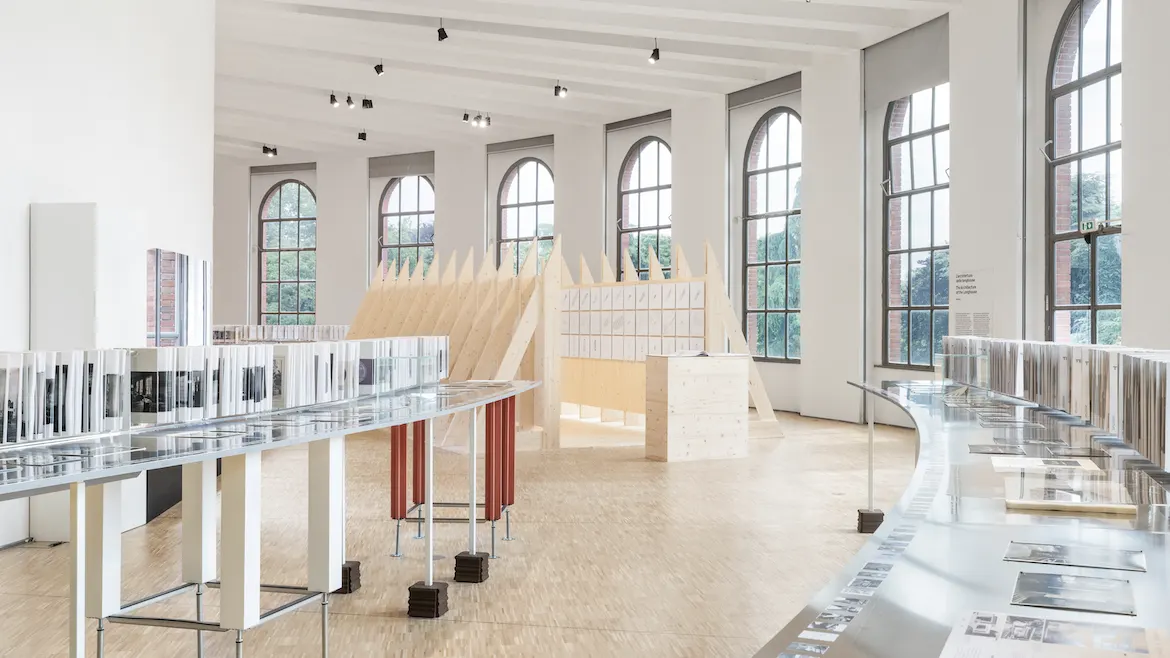
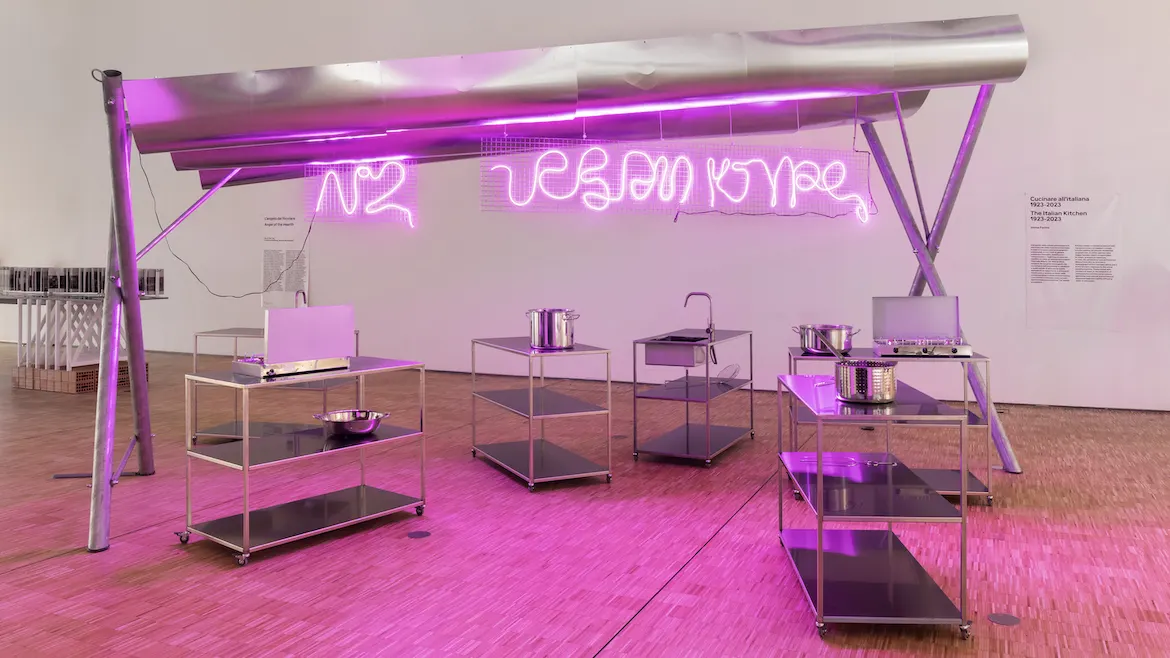
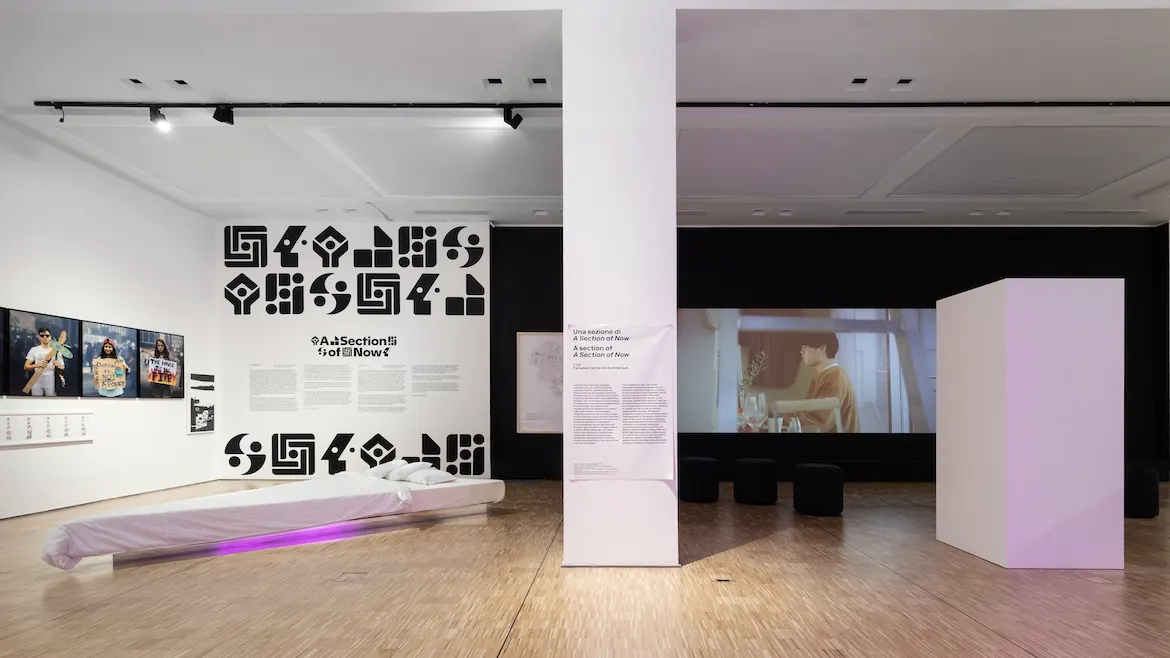





In a new exhibition at the Triennale Milano that opened on May 12, the idea of domesticity is explored through a series of conceptual future proposals that maintain an eye on the past. Home Sweet Home, curated by Nina Bassoli, is located on the first floor of the Giovanni Muzio-designed Palazzo dell’Arte in a long, curved gallery where site-specific immersive installations and presentations of historical materials together generate a discussion around changing notions of the domestic.
Over the course of its 100-year history, the institution of the Triennale, currently headed by Stefano Boeri, has witnessed not only massive shifts in the worlds of architecture and design, but also a century of tumultuous political and social change. In addition to hosting its namesake event, the Triennale presents an ongoing series of exhibitions of which Home Sweet Home is a part—and as an element of the Triennale’s centenary program, the exhibition dips into the institution’s archives to present critical research with wit and guile.

Photo by Melania Dalle Grave/ DSL Studio
The archival materials make their first appearance in the opening section. A grid of plinths display objects drawn from the 1,600 stored in the institution’s basement, including a 1997 Gae Alunti-designed toaster, a 1960 carpet beater by Gino Colombini Battipanni, and a 1980s cooking pot by Richard Sapper for Alessi. Curiously, interspersed are three busts of anonymous women, which Bassoli says represent “the forgotten women.” The trio was unexpectedly found in archival storage “in the heart of the institution,” as Bassoli puts it, and she decided to include them in the opening display to represent women’s presence in an organization and archive where the work and presence of women is often invisible.

1

2
Vittorio Gregotti, Lodovico Meneghetti, Giotto Stoppino, Example of living room in rural housing, ‘Home and School section, Rural sector’, 12th Triennale, 1960. (1) Achille Castiglioni, Pier Giacomo Castiglioni: Spalter Electric Vacuum Cleanner (1956), manufactuered by Rem di Enrico Rossetti (2); Photos: Publifoto, courtesy Triennale - Archivi (1); courtesy Triennale Milano–Collezione, photo by Amendolagine Barracchia (2)
Upon passing through an oversized domestic curtain, the visitor is welcomed by a timber table and chairs set with hand-crafted ceramic crockery. Created by Assemble Studio as an “autobiographical action,” it touches on work the British architecture collective carried out in Liverpool creating ceramics with local community members. The table and chairs, made of recycled material and traditional carpentry, will be used within Assemble’s new offices after the exhibition concludes on September 10. The table speaks to a notion of sharing and collectivity that runs through other installations. Nearby, an arrangement of stainless-steel kitchen workstations by Barcelona-based architects MAIO proposes a shared urban cooking space, allowing the often-solitary act of food preparation to become public and communal. Their simple proposition is rooted in years of research on community kitchens across the world, with the installation on display acting as a working prototype that will subsequently be offered to community groups in Barcelona, a city already testing other ideas of social infrastructure.

Trasformare, non demolire, (Transformation. No demolition), Lacaton & Vassal. Photo by by Melania Dalle Grave/ DSL Studio
A section of the exhibition on Giovanna Borasi’s research at the Canadian Centre for Architecture deals with how varying concepts of family, property, and work all affect the design of domestic space. Several shared housing concepts are shown through images and drawings, including a Hype House in which influencers both reside and create content; Carehaus, an intergenerational co-housing project in Baltimore by a team including architect Rafi Segal; and a Berlin shared housing block catering to queer and trans individuals who face discrimination in the rental market. These speak to a separate display by DOGMA, led by Pier Vittorio Aureli and Martino Tattara. Here, the duo present a compelling display of longhouse architecture from across the globe, buildings similar in form but varying in construction that support differing programs and modes of communal occupation. This is not only a rich historical study, but it also offers potential models for non-nuclear-family-based approaches to domesticity and reminds us of shared social needs across time and place—and that at its heart the domestic can be formed of a simple offer of communal sharing.

Archival materials on display. Photo by Melania Dalle Grave/ DSL Studio
The installations are punctuated by tables formed of recycled components from past exhibitions. Bassoli invited local and emerging researchers to dive into the Triennale archives and explore themes of the domestic, and in these resulting displays we discover how a broad range of concepts including gender, leisure, and nature intersect with the domestic, as well as how they have been documented and presented by the Triennale throughout its history. Hundreds of images present a rich context for the more contemporary presentations and offer glimpses of how domestic architecture and design has been considered by past generations.

3

4
La gabbia degli orsi. Un diorama per esseri umani (The bear pit: a diorama for human beings) by Matilde Cassani (3); Assemble Loves Food by Assemble Studio (4). Photos by Melania Dalle Grave/ DSL Studio
The archive was also mined for installations. Notable among them is Elizabeth Diller and Ricardo Scofidio’s presentation for the 1986 triennial, Three Windows, a sculpture exploring the window as a threshold dividing home and nature, inside and outside, and differing mental states. It has been restored with the supervision of Diller Scofidio + Renfro and stands as a marker of a historical moment, while also reasserting the relevance of its central concern of how relationships between house and nature are managed. In it, three towering forms are cut into and added to with differing effects of connecting or occluding inside and out.

Three Windows by Diller+Scofidio. Photo by Melania Dalle Grave/ DSL Studio





